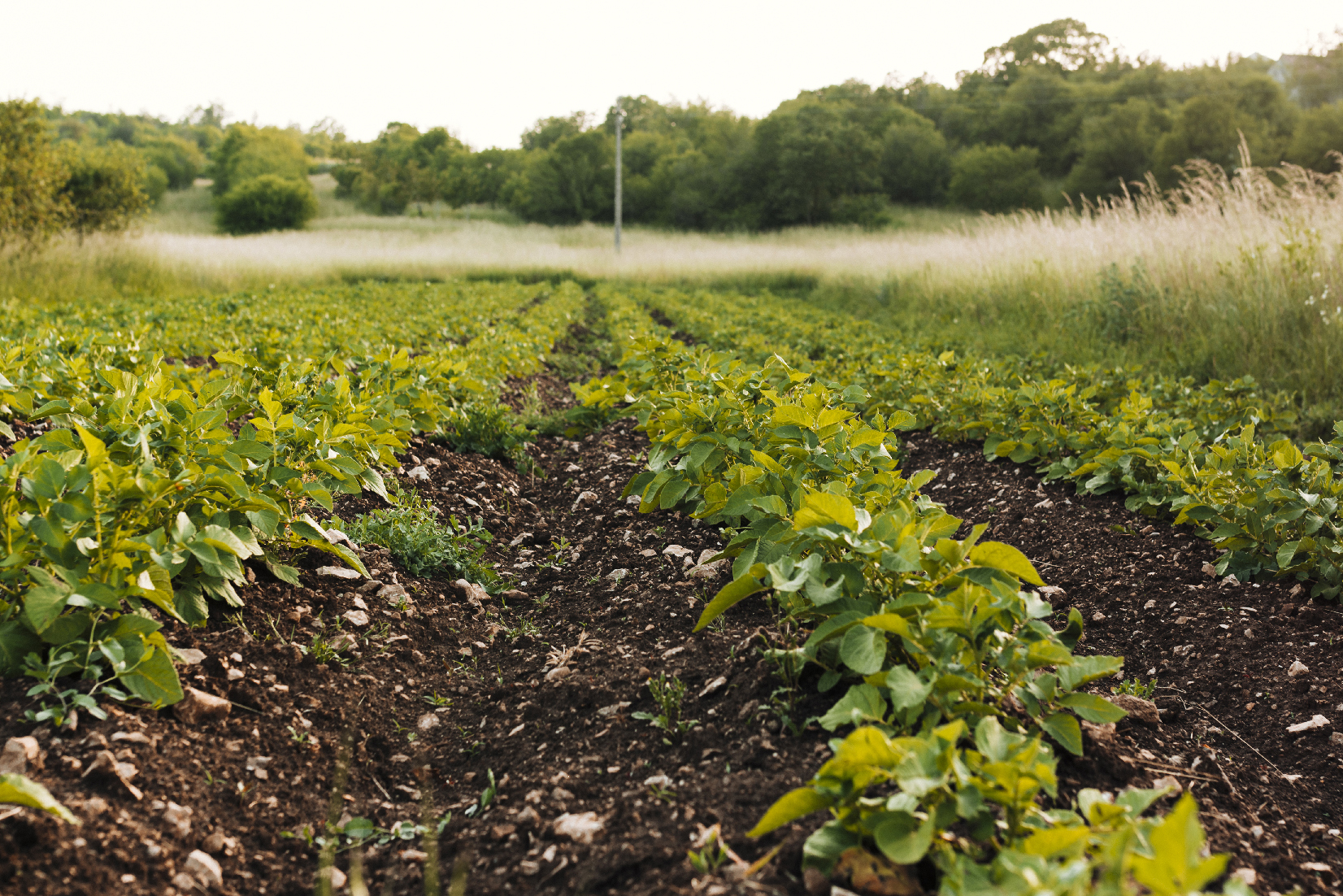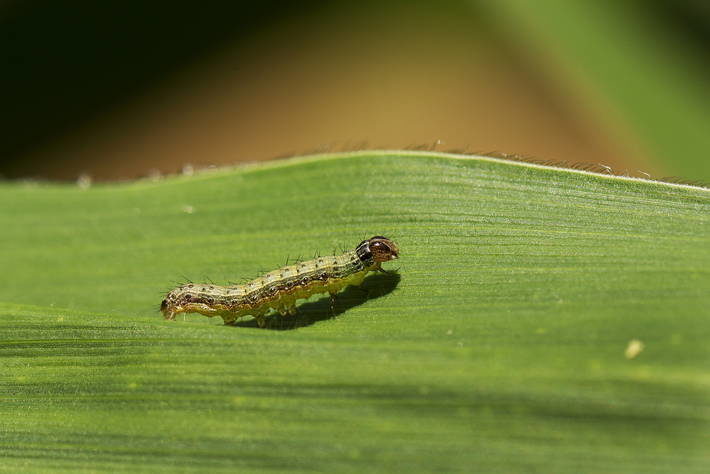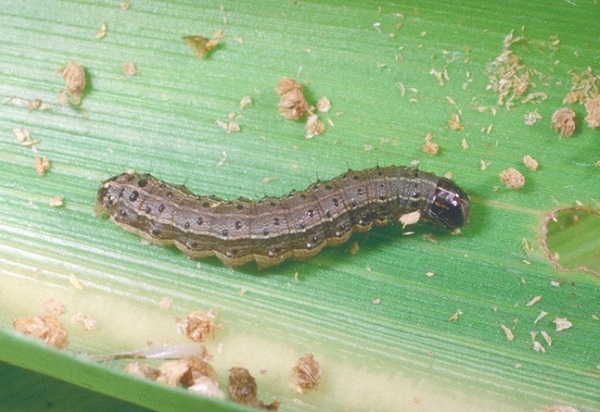Regenerative Agriculture with Dr. Saturnina Halos
Margust Dela Cerna | August 19, 2024
In regenerative agriculture, you see to it that you maximize your output from the practices you are using, but these practices should sustain the productivity of the ecosystem, said renowned Philippine biologist, Dr. Saturnina Halos.
In summary, regenerative agriculture is correcting agricultural practices that are harmful to the environment. It takes technologies, both traditional and modern and assesses them in terms of how they can improve and maintain agricultural productivity while at the same time mitigating negative effects on the environment.
One of the key aspects of regenerative agriculture is replacing synthetic fertilizers and pesticides with organic, microbial and plant-based ones, often called biopesticides and biofertilizers. Standard pesticides will kill insects indiscriminately, and can also harm animals and people. Synthetic fertilizers, when overused can change the soil structure and make it less productive overtime.

In comparison, a biofertilizer developed in UPLB, called Vital N, based on a species of bacterium called Azospirillum, that lives around the root systems of plants. It can reduce the use of inorganic fertilizer by up to half the recommended rate, it also gives plants resistance to drought by promoting root growth.
Alongside this, Dr. Halos spoke of a biopesticide in development at the Department of Agriculture, currently given the name “Bagcheck”, that specifically targets the pests onion armyworm and fall armyworm.


According to Dr. Halos, Bagcheck is composed of a bacterium and a fungus that specifically targets those two insects, and so it minimizes damage to a farm’s biodiversity, and danger to livestock and people that might ingest it.
While both of these products are relatively new, biopesticides and fertilizers are not. In India, the Neem plant is known to be a multipurpose pesticide and fertilizer that scientists have been studying since the 1950’s and farmers have been using longer than can be remembered. Dr. Halos says that the reason these natural alternatives aren’t more widely used is mainly marketing.
Dr. Halos also explained that genetically engineered crop varieties can be an integral part in regenerative agriculture, as the variety of crops that farmers use can contain in themselves the factors that will keep them from using synthetic pesticides and fertilizers. Bt corn and Bt eggplant both carry genes that make them resistant to pests, drastically reducing the need to use pesticides. Crop varieties engineered to increase their ability to utilize nitrogen means that farmers can reduce the amount of nitrogen-based fertilizer that they use.
In the end, the primary goal of regenerative agriculture is to ensure food security by maintaining the productivity of the land. It does this by providing farmers methods and tools that are safer for both them and the environment.

